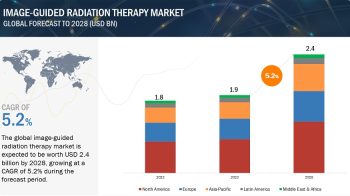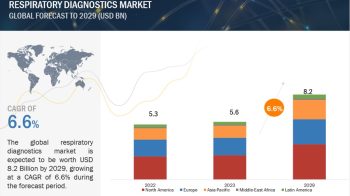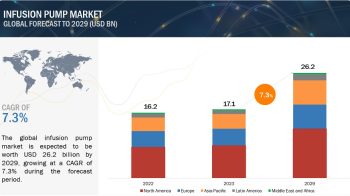The medical device reprocessing market is expected to reach USD 1,754.0 million by 2022 from an estimated USD 823.5 million in 2017, at a CAGR of 16.3%. The key factors driving the growth of this market include the low prices of reprocessed medical devices as compared to new devices and the pressure to reduce the volume of regulated medical waste (RMW) generated by various healthcare organizations. However, the risk of transmission of surgical site infections associated with the use of reprocessed medical devices may hinder the growth of this market to a certain extent.
Download PDF Brochure Here :http://www.marketsandmarkets.com/pdfdownload.asp?id=583
The reprocessing practices are regulated by various regional regulatory authorities. The changing regulatory scenario favoring medical device reprocessing in a number of countries, such as France and Japan, will open up new areas of opportunity for market players. For example, till 2016, the outsourcing of medical device reprocessing was prohibited in France; however, the European Union (EU) Regulations (Article 17), released on April 5, 2017, mandated the use of third-party reprocessing services by all French hospitals. These regulations are expected to be implemented in France by 2020. Similarly, Japan does not currently have any regulations for the reprocessing of single-use medical devices. Therefore, regulatory authorities, such as the Ministry of Health, Labor and Welfare (MHLW) (Japan), in collaboration with the FDA (U.S.), are focusing on generating new medical device reprocessing guidelines for Japan.
In this report, the medical device reprocessing market is segmented based on product & service, type of medical device, application, and region. On the basis of product and service, the medical device reprocessing market is broadly segmented into reprocessing support & services and reprocessed medical devices. In 2016, the reprocessing support and services segment accounted for the largest share of this market and expected to grow at the highest CAGR during the forecast period. This is primarily attributed to the growing preference for third-party reprocessing of medical devices, as opposed to in-house reprocessing, due to its cost-saving potential and reductions in medical waste generation.
Based on type of medical device, the medical device reprocessing market is further categorized into catheters; laparoscopy instruments; biopsy instruments; endoscopy instruments; cable, columns, curves, and cutters; and other reprocessed medical devices. In 2016, the catheters segment accounted for the largest share of the medical device reprocessing market and is expected to grow at the highest CAGR during the forecast period. The highest growth of this segment is mainly attributed to the increased utilization of reprocessed cardiology catheters, electrophysiology catheters, and diagnostic catheters in recent years.
Based on application, the market is segmented into cardiology; gastroenterology, urology, and gynecology; arthroscopy and orthopedic surgery; and general surgery and anesthesia. In 2016, the cardiology segment accounted for the largest share and is expected to grow at the highest CAGR during the forecast period. Growing geriatric population coupled with the increasing prevalence of cardiovascular disorders and increasing adoption of reprocessed cardiology catheters and electrophysiology catheters in hospitals and other healthcare facilities are the major factors driving the growth of this segment.
Geographically, the medical device reprocessing market is segmented into North America, Europe, Asia-Pacific, and RoW. In 2016, North America accounted for the largest share of the medical device reprocessing market followed by Europe. Factors such as its well-established healthcare industry, low price of reprocessed medical devices, the pressure to reduce the volume of regulated medical waste, rising prevalence of non-communicable and chronic diseases, and increasing volume of surgical procedures are contributing to the large share of North America. The rising prevalence of chronic diseases, increasing geriatric population, rising healthcare expenditure, increasing number of surgical procedures, and growing awareness about the usage of reprocessed medical devices are majorly contributing to the growth of the European medical device reprocessing market, which holds the second-largest market share.


